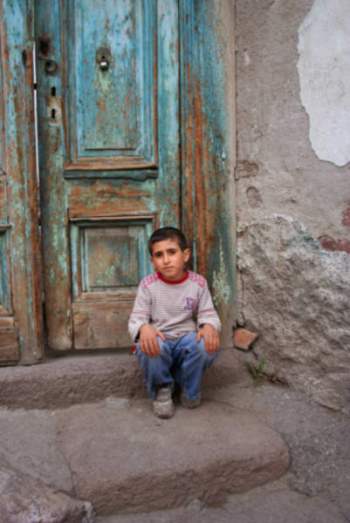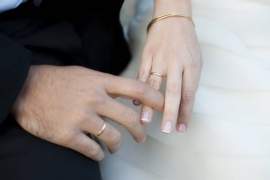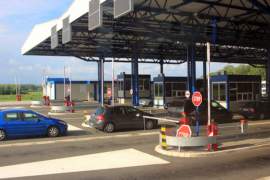
Cuban Refugees

It should be noted that Americans were initially supportive of Fidel Castro's aims in the late 1950's to overthrow the Cuban government, as then-leader Fulgencio Batista had turned his leadership into a dictatorship.
Batista was out of power himself as a result of the guerrilla tactics of Fidel Castro, Ché Guevara and other insurgent revolutionaries. Batista's power grab and the violence involved in his removal were already provocation for a number of Cuban refugees to flee the country for their safety. Nonetheless, upon Castro's rise to power in Cuba, he also assumed a dictatorial role.
More importantly, he began to embrace Soviet Communism as a political and economic ideology and sought to suppress the role of the Catholic Church in Cuba as part of his Marxist ideals. Yet another period of Cuban refugee migrations ensued over fears of this new, oppressive Communist regime and the concern of many elite Cubans for raising their children.
Freedom Flights – Amid the constraints on political dissent and expression of religion placed on Fidel Castro's Cuba, the dictatorship was also responsible for significant changes to the country's economic infrastructure. With the United States' embargo on Cuba in place and Castro moving to shut down private businesses, consequently, the Cuban refugee movement country remained relatively strong in number even after the Revolution.
Nevertheless, despite all his attempts to control its citizens, Castro did ultimately permit many to leave the country. The Freedom Flights, agreed upon by the Cuban and American governments, brought hundreds of thousands of Cuban refugees to America.
Other waves – Cuban refugees would yet again come to America in droves in the 80's and 90's. One of the more controversial events that sent thousands more knocking on America's doors was the Mariel Boatlift incident of 1980. The situation started with the desperate attempt of Cuban nationals trying to gain asylum from the Peruvian embassy in Havana by driving a bus through the gates, an embassy guard being shot and killed in the process.
However, the Cubans were, in fact, granted protected status, and Castro, responding in anger, removed the guards from the embassy and later authorized the resettlement of thousands more Cuban refugees by Cuban-American family members. Later, following the collapse of the Soviet Union in 1991, another downward economic spiral and riots in the capital city, Castro once again supported Cuban refugee transit to the United States. Destitute Cubans, some in little more than tires, fled to the United States in still more tens of thousands.
NEXT: Czech Prague Spring Refugees





















